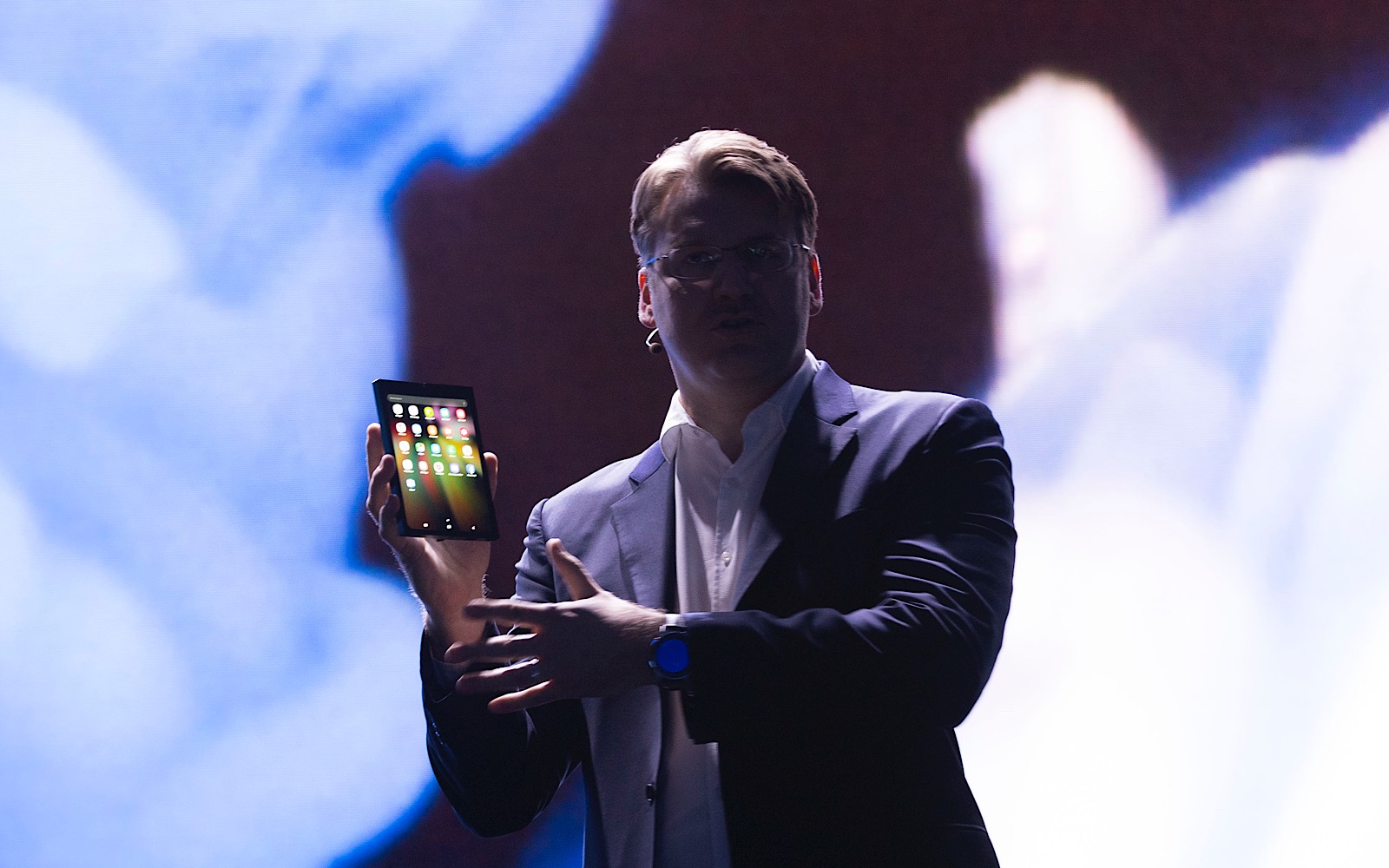The future of phone form-factors is revealed with the folding phone, and what will it do to tablets? Plus we’ll look at big new phones and review tiny wireless earphones. It’s all in The Wrap.
Transcript
For the week ending November 9 2018, you’re tuned into The Wrap, Australia’s fastest technology roundup, and Australia’s fastest technology roundup feels a little like it’s from the future this week, because something from that very place has been unveiled: a foldable phone.
“Now hold on, hold on,: I hear you say. “We’ve had foldable phones before. We had the Motorola RAZR and a bunch of Nokia and Ericsson phones way back before the smartphone days that were foldable.”
And that’s true, but we’re now in the smartphone era, and we all have one. We all have big screen supercomputers that travel with us all the time and stay connected to the cloud, and they’re only going to get bigger.
You’ve seen the biggest phones this year in the iPhone XS Max and the Galaxy Note 9, and going to get bigger again.
One way they can get bigger without seriously impacting our pockets is to make them foldable. That means they’ll go from being a small phone that folds out into a big phone, opening up like a book to reveal a bigger screen.
Imagine having a four or five inch phone that you could keep in your pocket that opened up to reveal a big 7 inch tablet. That’s what a foldable phone represents, and it’s potentially a threat to the tablet world.
Now Android tablets aren’t really the success story manufacturers want them to be, but there’s still a few tablets around, and if you could have a phone that turns into a tablet, it could be the dream. Look at how many people buy big phones, and you may get an idea of where Samsung is going with this.
To do it, Samsung has built a new flexible technology it calls Infinity Flex, and it’s basically a tablet made of two screens that fold. There’s another smaller screen on the outside, and the idea is basically a phone with a tablet on the inside.
What Samsung showed off is a prototype, and from the look of the size and how often they let the world see it, a prototype it’s not ready to let people spend a lot of time with. But it’s definitely a start, and it’s one we expect we’ll hear more about next year.
Our guess is some time in September, because given the size of Samsung’s Galaxy Note range, we bet a folding device with a big screen and a stylus would go down really, really well.
Before then, you can expect big phones that don’t fold, because that’s what we have, and there are two more heading to stores very shortly from Oppo.
They come in the R17 and R17 Pro, 6.4 inch smartphones that not only get screens that take up most of the front, but also some pretty special features like an in-screen fingerprint reader and Gorilla Glass 6.
But the one to look at is the R17 Pro, which not only gets a camera with two aperture settings similar to the Galaxy S9 Plus, but also gets a unique camera called a “time of flight” camera, which basically measures light and distance to help the camera make the photos look better.
We’re curious to give this one a spin, and if you are, too, you’ll find the Oppo R17 Pro in stores from November 12 for a touch under $900.
That wasn’t all the news, though.
Sonos told the world it would be bringing Google Assistant to its multi room speaker system a little later than expected, with the feature coming next year.
JBL launched its own version of the Google Assistant Home Hub style device in the Link View, alongside one from Lenovo, in what will no doubt be a popular smart screen segment.
And if you want to order medicine from your chemist without leaving the home, there’s now an app for that in Tonic, though it’s only in Queensland now to start.
We also checked out a great pair of exercise earphones in the Plantronics BackBeat Fit 3100.
They’re that new style of earphones where there are no cords at all. Truly wireless and cordless, the BackBeat Fit 3100 come with a good five hours charge and ten hours in a battery case.
And they also stay on your ears, clinging with a hook that fits over the ears and a design that is basically one size fits all in an open design. That means you can hear your music while hearing the world, so you don’t have to fear the outside while you’re running in it.
That leaves you an open sound, and it’s one not everyone may be comfortable with. We found the audio quality was pretty strong given the open ear design, complete with some punchy bass, but natural bass like in jazz and classical may suffer a little.
Overall, it’s a strong effort from Plantronics, with the BackBeat Fit 3100 asking a little more than the price of AirPods for $240, with better sound, comfort, and ear friendliness.
We found them great for listening to music to, but you could use them for anything. Re-listen to this show even.
Or just wait for the next, because you’ve been listening to The Wrap, Australia’s fastest technology roundup. The Wrap appears every Friday at Podcast One and Apple Podcasts, and we’ll be back next week for more tech in five.
Until then, have a great week, and we’ll see you next time on The Wrap. Take care.





